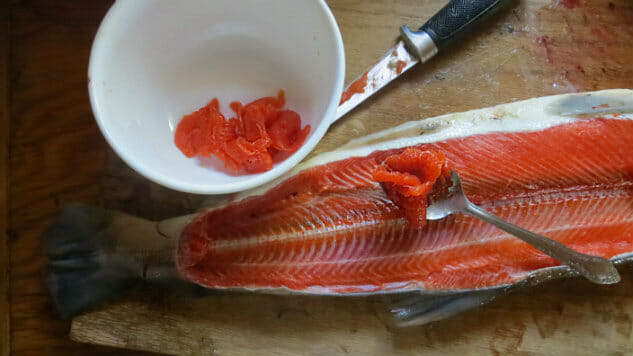
Every morning in early summer, I check the weather, then I check the sonar counts. Like thousands of Alaskans, my family lives off fresh, sustainable, wild-caught salmon. Some of us drive a few hundred miles into Copper River Canyon, scale down steep shale cliffs, ropes anchoring us to small trees, hopefully big enough to save us—should we lose our footing and spill into the swift, glacial river.
Depending on the run, you might catch your limit—anywhere between 25 and 35 fish per person—in three hours, or you’ll catch it in three days, or not at all. Crouching for hours, hands frozen around a long-handled dipnet, the moment I feel a bump, I yank in the 10-foot-long net. If I’m lucky, I have a sockeye salmon, almost ocean bright. A dull blow to the head, and the fish is bled out and added to a line in the silty water. The absolute worst part of the entire process isn’t the dust storms of glacial flour that whip up mid-day and coat your lungs, or even the bears that frequent the trails. It’s gently lugging those prize fish a few miles out to a cooler.
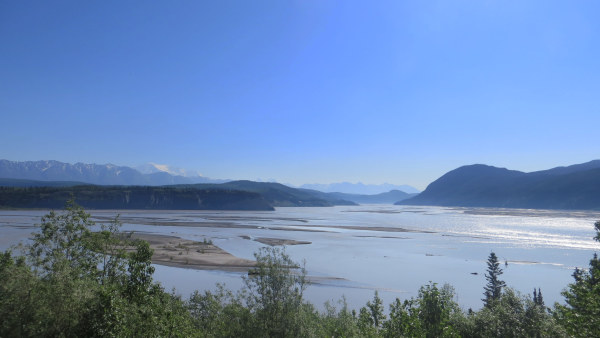
This ritual is repeated every year, because the absolute best salmon is fresh, Copper River Sockeyes. Even more so when they’ve only been on ice for a few hours before being flash-frozen or smoked.
For such an advanced species, people have some really strong opinions about smoked meat. Curing and smoking meat is a lot of work—doubly so if you had to go out and get it yourself.
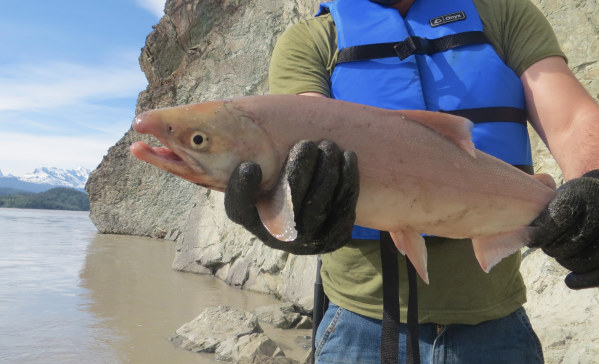
Briny, sweet bacon of the sea, salmon candy, or ‘Keta candy’ isn’t just a delicacy because it is perhaps the tastiest thing you’ll pop in your face, but because it can be a little bit of a process to make.
Just like land bacon, salmon candy starts with a dry cure; once it’s portioned, i’s placed in a mix of salt, brown sugar and spices. I generally start the dry-cure process early in the morning, that way it can be dried and then smoked that night. If you leave the fish in the dry cure too long, it’ll go mushy and intolerably salty.
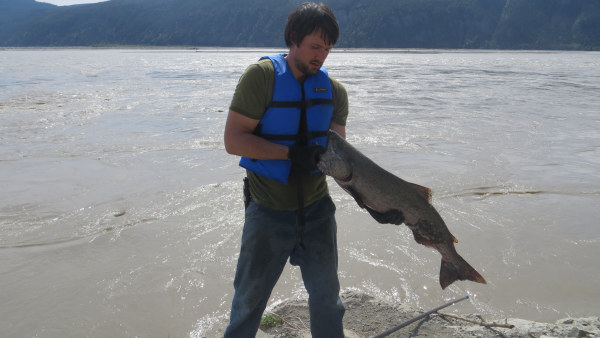
After the dry cure, the salmon has to be dried. This can be tricky—dry it in the fridge over night, and there’s a good chance your fish will taste like sour fridge the next day. Instead, dry it using a few box fans in a cool spot in the house, until the famed and glorious ‘pellicle’ forms. A pellicle is essentially a dry rind that keeps the salmon from drying out during the smoke.
A point of contention in salmon candy recipes is the glaze; I’m partial to either my home-tapped birch syrup. Birch syrup has a woody flavour that compliments and brings out the fresh flavour sockeye is known for, without overpowering it. If you aren’t in the business of boiling syrup, local honey is the obvious second choice. I like to brush it on before, and a few times during smoking.
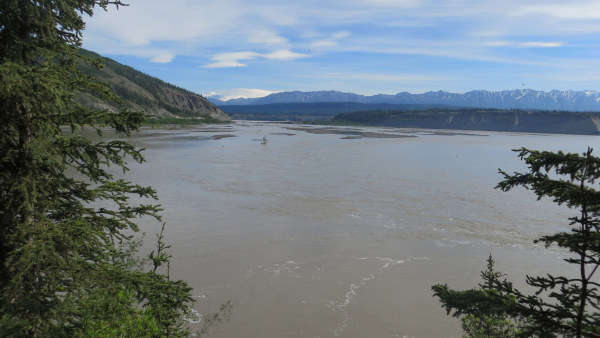
Salmon candy is best slow-smoked overnight. The type of wood you use to smoke it can make or break your salmon candy; mesquite or cherry will overpower the delicate flavour of the syrup and salmon, alder is alright, but if you really want Alaskan-style salmon candy, dried sapling willow has the lightest, brightest flavour.
Once smoked, the salmon will keep refrigerated for at least two weeks, but there is no way it will last that long. It’s best fresh, and can be eaten as part of a cold plate dinner, in omelets, and of course just by the handful.